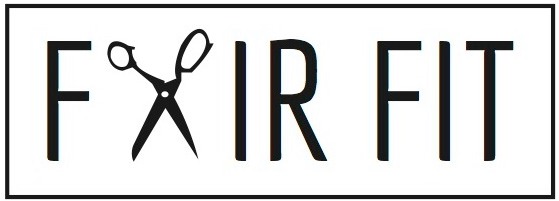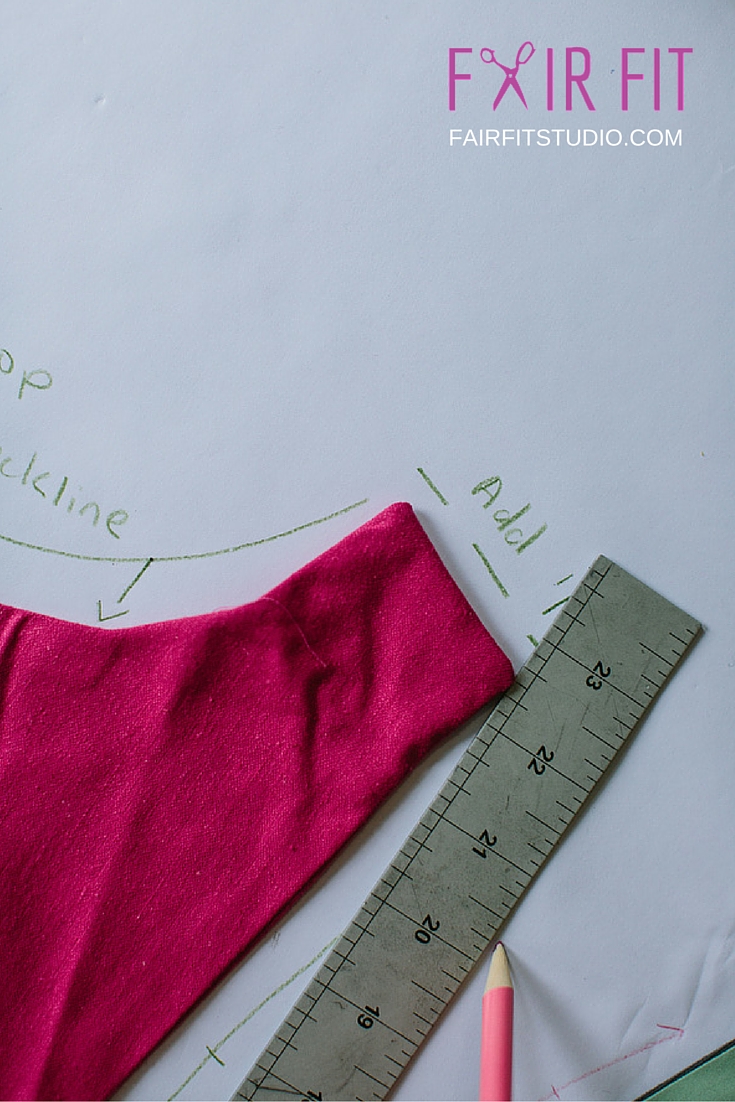Problem Solving in Fashion Design: Learn How to Design Fashion Using Problem Solving Principles in this Free Workbook
What?! Fashion solves problems?
I know that when we look at a critical lens, that fashion is full of problems. A while back I fell into the trap of looking at and seeing so much clothing, that I wondered why it would be worth making yet another item and adding it to the pile. I banned myself from going to department stores and looking at the racks of unworn clothing. The overwhelm of how many things get made, compounded with the overwhelm of frustration that a lot of it will be wasted and never worn, used to make me spin out.
I was also in graduate school at the time earning my masters degree in Fiber and Material Studies and I was asked a critical question “why make another dress? What is the purpose in you making a garment that has already been made a million times before?
Phew. Just writing about that time in my life makes me so relieved I moved past my feelings of overwhelm when it comes to making clothing.
And my teacher wasn’t being mean and critical. What he was asking of me was to find my own voice and create compelling work that will stand out amongst all of the simulacra and iterations of clothing that is continuously being made.
I arrived at many avenues of expression in the garment by slowing down and getting very specific. You must learn intentionality and specificity with clothing design, because that level of consideration we know is NOT being given in mass fast fashion. I focused on many paths, surface design, color theory, and story telling. When I started to design the original Fair Fit project, I used problem solving to improve my design, and create an interesting conversation with my project.
With the first Fair Fit Installation, I wanted to learn how to make a democratic dress, and use the garment pieces to enable participants to piece together garments that were customized toward how they wanted them to ideally fit. As a designer, I know and hear all the problems with fit! So this installation was a way to encourage conversation and empower the audience to make their own decisions. What I learned still informs my design, patternmaking and client work today.
In this post, you will learn how fashion actually solves problems and how that can inform your design decisions.
As you learn how to sew, pattern, and construct clothing, you will soon figure out how much time, energy, money, and effort goes into it. If you are interested in pursuing a career in fashion design, or learning how to sew with more design and intention, this post will teach beginners an introduction to this design methodology and how to use it in your own work. And if you are a sewing enthusiast, if you are going to make a significant investment of your personal time, then you definitely want to design and construct successful garments.
Solving a problem is a successful action! And I will to show you how to prioritize your sewing through consideration of your idea and thoughtful planning so that the garments you sew have a successful and functional design.
“Good” is subjective
What makes a good garment is really hard to define because what I think is good for me, might have absolutely no purpose for you. However, when you decide that your work is going to be purposeful, and the clothing that you sew will have many functions, ultimately you will be adding trememdous value to the item for yourself, or the people you hope are going to purchase and wear the garment.
So lets get to it! Are you ready for some creative direction? Get ready to learn another inspiring design process that you can apply to your own home sewing or fashion design practice.
First we are going to make a list where problems occur in clothing. This list is going to help you analyze solutions and encourage you to consider new directions in your sewing and design. By brainstorming this list, you may find areas of your own work that you want to address and develop. If you love the idea of a capsule wardrobe, and want to learn how to build a capsule wardrobe, then this list will help inform that process as well.
Problems in Fashion Design and their Solutions
1. Fit
Pretty much for me, a fit issue will make or break a garment. And in terms of the business of fashion, if it doesn’t fit right, then you lose a sale. People don’t only want to be stylish, but they want to be comfortable and feel confident wearing the garment. Lets break it down. Go to page one in your workbook.
If you are sewing a project, then lets consider, what do you define as comfortable? What are the elements of the item, for example pants, that if they don’t fit right, you are never going to wear them. If this is an item from your closet, lets give it the same consideration. What about the fit of this garment do you love? What do you hate, and what would you improve to change the fit? How can you improve the fit of your clothing overall? Do you have certain styles you know you just love, and others that you should avoid?
2. Usability- How many times and in how many ways can I wear this?
One of the bigger design pitfalls I face is falling in love with the idea of the garment, but not really considering how often it will really be used. I’ve designed entire collections that were basically one-use statement dresses. Guess what- they were celebrated for innovation, but did not sell. So I learned my lesson as a designer to consider how often this garment will be worn. And in my own closet, same issue. I had many pieces I loved, but were only able to wear for a few times a year. I needed to create and design clothing that I can actually use for daily wear, and wear multiple times. Go to the workbook, and fill out the questions. In this exercise, we are also tackling problems of waste and sustainability. Yes!!
3. Versatility = greater value.
We want to get a good value from what we purchase. How versatile is the item? If you are going to sew, how many different ways, through how many different seasons, will you wear this? I know my clients appreciate versatility, and that will be the determining factor in the reasoning of whether or not to by a garment.
4. Quality construction- will this piece work as an investment?
Oh, I could rant!! The money I have wasted on cheap, poorly made clothing. I regret mostly everything I bought in my 20s. Lets consider this from a design perspective. Look at the pattern, how can you improve the construction? What will you do to make it an investment piece? What will you do to ensure it will last? You may choose to use french seams instead of serging, or you may decide to chain stitch the flat felled seams on a shirt. When you are sewing, if you consider this before you sew, you can plan out your construction better, and make your time more efficient. Go to the workbook and make a plan!
5. Suitability- How and where is this garment worn?
Here’s another problem I have had in my wardrobe and sewing- I like the idea of something, I sew it, but then, really don’t know when I’m going to wear it. And when it comes time to find something that I really need, then I don't have anything to wear! What will you do to your design to create a specific intention for the occasion its worn?
6. Comfort- If I wear this, will I be thinking about it all day long?
This is what happened to me and my jeans. I sold every pair of jeans I had recently because I was sick of them being low waisted and cutting into my stomach. Fit problems as I have said, make or break the garment. How can you improve upon the pattern? Can you measure to make sure this is going to be comforatable and have enough ease to drape well?
7. Seasonal and Climate considerations - is this appropriate for where I live?
Are you making this in the right fabric? How about the construction, will you need a lining, or can you get by without? Really thinking about the climate and what the garment is worn with will help you avoid functional mistakes. I know some of you live in areas of the country that have 4 seasons, but I live in the south where its 50% of the year summer. I have no business investing huge chunk of resources and time sewing a mega warm winter coat. Go to the workbook and learn how to analyze the seasonal use of your design.
8. Aesthetics- Is this design how I want to see myself?
How is this design speaking to me, what story does it tell? What character would wear this? I saw a post on Instagram today of a 90’s button up jean skirt, and laughed out loud because the fashion blogger was saying, I want to wear this, but it reminds me too much of my past life in the sorority house. Sometimes we can appreciate an item for its nostalgia, or the kind of character you would be if you wear it, but that doesn’t mean you should buy that item and have it take up space in your world. If you are sewing, you want to get some actual use out of your creation.
Why do designers go to all of this trouble? Why so much analysis and why do I have to have an answer to so many questions?
Think about this. If it solves your problem, then it probably will solve another person's problem. That’s how fashion design can create a thoughtful exchange. I want you to save and use this workbook for future use in your projects. By being more thoughtful and intentional about every project, you will not only create more items that you will love, but you also begin to create more successful fashion design that is meaningful to other people as well.
I'd love to hear how it goes!















